
Restoring Plastic Items from a Sample
Unfortunately, perfect materials do not exist, and all are to some degree susceptible to external influences that can lead to breakage or damage. This is especially true for most types of plastics used in industry. Therefore, a broken part—say, the hopper of a coffee grinder—may not be a complete surprise, but it will certainly cause inconvenience to the owner. At this point, a decision must be made: replace the damaged item or order the restoration of the plastic part.
In some cases, replacing a damaged component is not problematic. However, if a unique, rare, or old part is broken, finding a replacement can be challenging. The first difficulty may be the unavailability of the required component on the market. The second is the often prohibitively high price of the necessary part. What should you do if its cost is nearly equal to the cost of the entire device? There is only one solution: restoring plastic items. Some organizations specialize in plastic repair, but here we will discuss restoration based on damaged samples.
3D Printing for Restoring Plastic Objects
This is where 3D printing technology works perfectly, gradually gaining popularity. How does it work? Restoration of plastic items is done based on the damaged sample. The result is an item identical to the original, ready for use. The original object remains with you, so after 3D printing, you have two items—the damaged original and a brand-new 3D printed part. The process can be broken down into stages:
- Creating a 3D model based on the original damaged item. This can be done using 3D scanning followed by refinement in specialized software, or through manual 3D modeling based on the measurements of the broken object;
- Selecting the optimal material. Depending on the purpose of the part, different 3D plastics may be needed. The modern 3D printing market offers high-strength, flexible, chemically resistant, and other materials;
- Generating the printer code for the 3D printer. At this stage, the slicing software calculates print time and material usage and sets the necessary print parameters;
- 3D printing the part. The prepared 3D model is printed from the selected material. The finished piece is checked against the required dimensions, and if necessary, the digital model is adjusted and reprinted.
Ordering Plastic Restoration
Restoring plastic items with a 3D printer is a simple and convenient way to get almost any part without spending excessive money or effort. You only pay for the material used, which is often much less than buying the part from a store. This approach is effective both at home with a personal desktop 3D printer and when ordering 3D printing from specialized services.
For example, our company restores plastic items from a sample starting at 150 UAH (if a 3D model is available). We always provide consultations and work with the client to select the optimal material for each part. To place an order, email us or call using the contact information in the “Contacts” section. Examples of our work can be viewed in the “Portfolio” section.

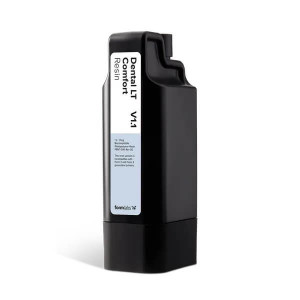
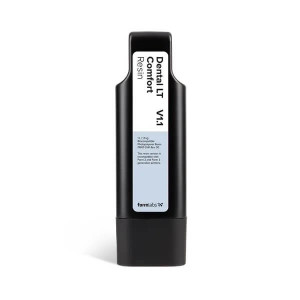
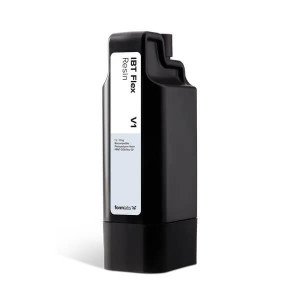
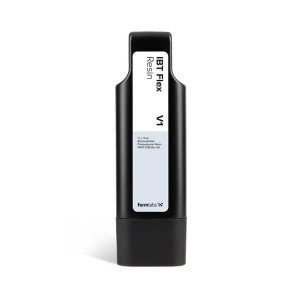
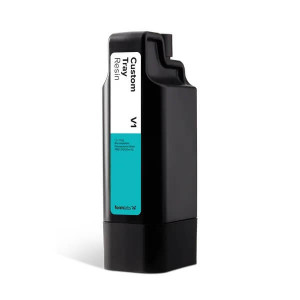
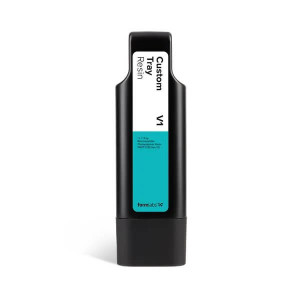
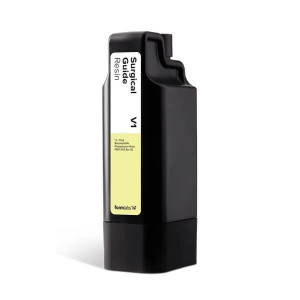
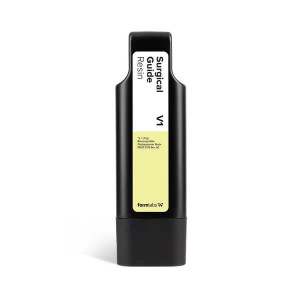
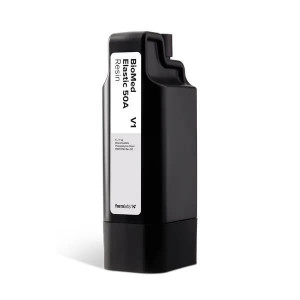

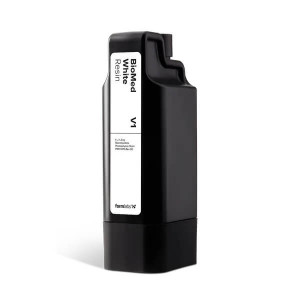
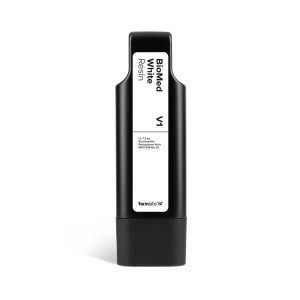
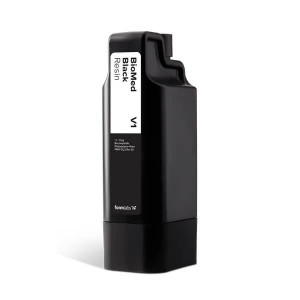
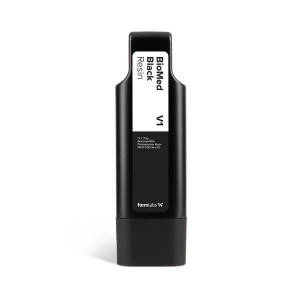
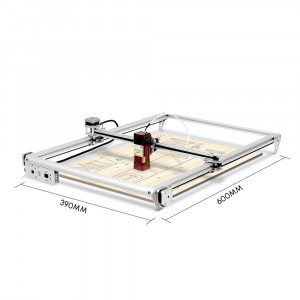
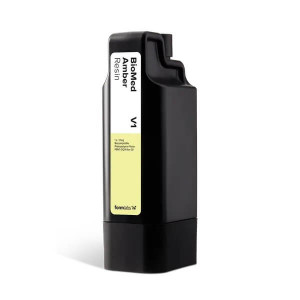
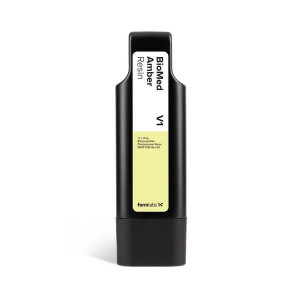
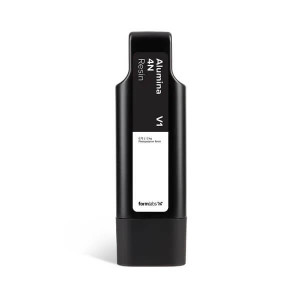
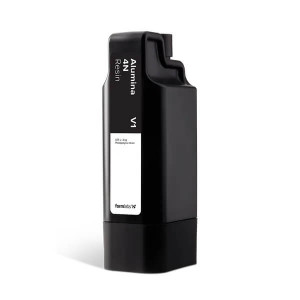
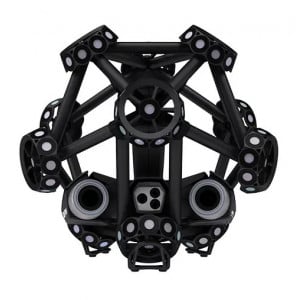
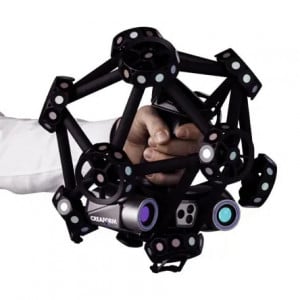
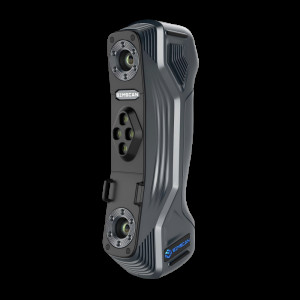
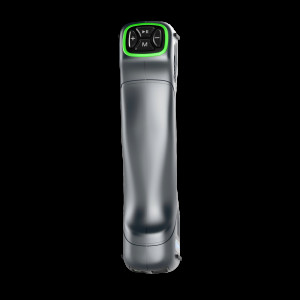
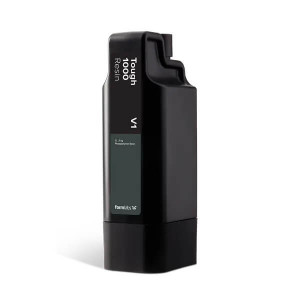
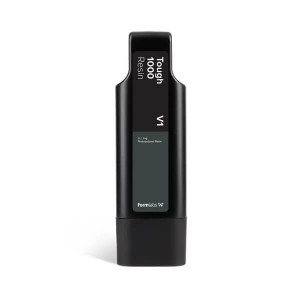

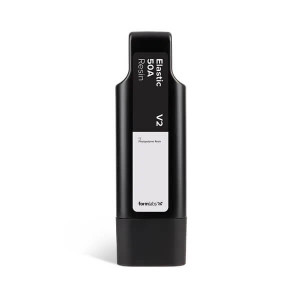
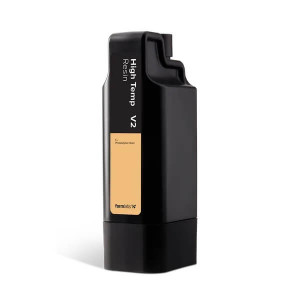
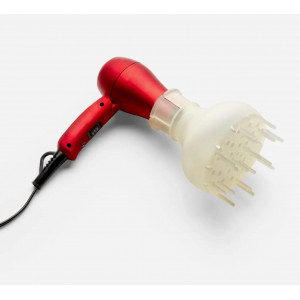
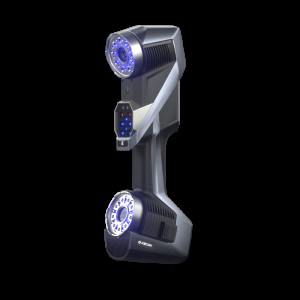
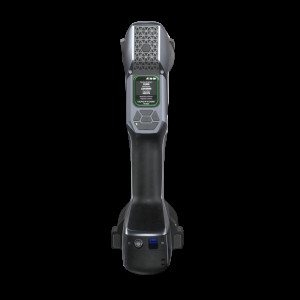


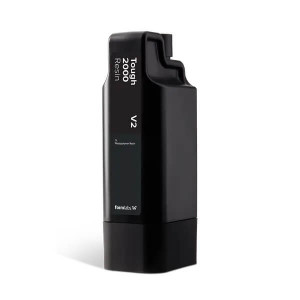
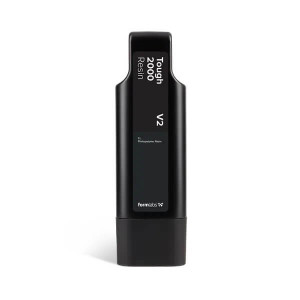

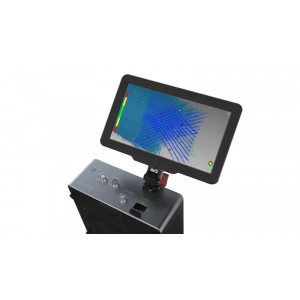
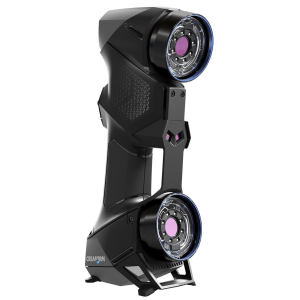



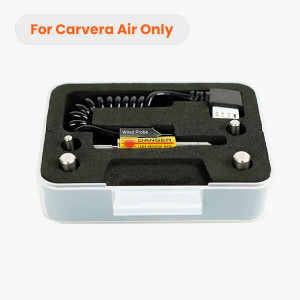
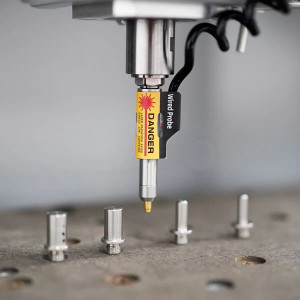
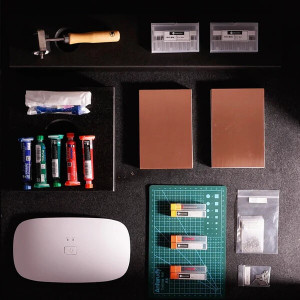
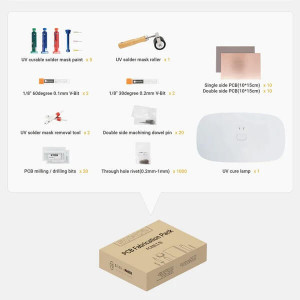
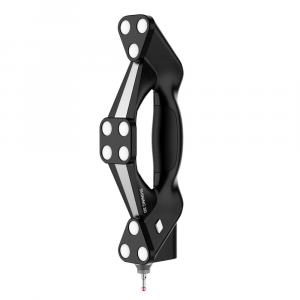
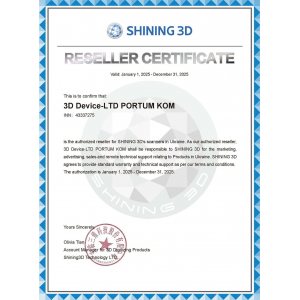
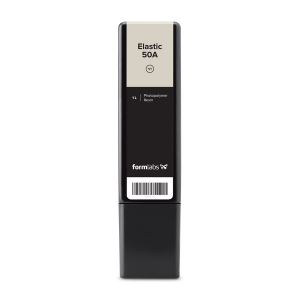

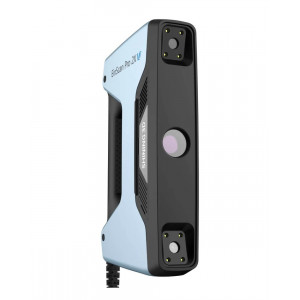
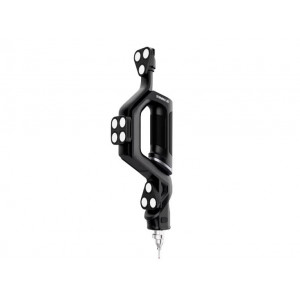
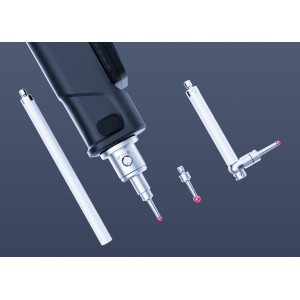
Leave a Comment